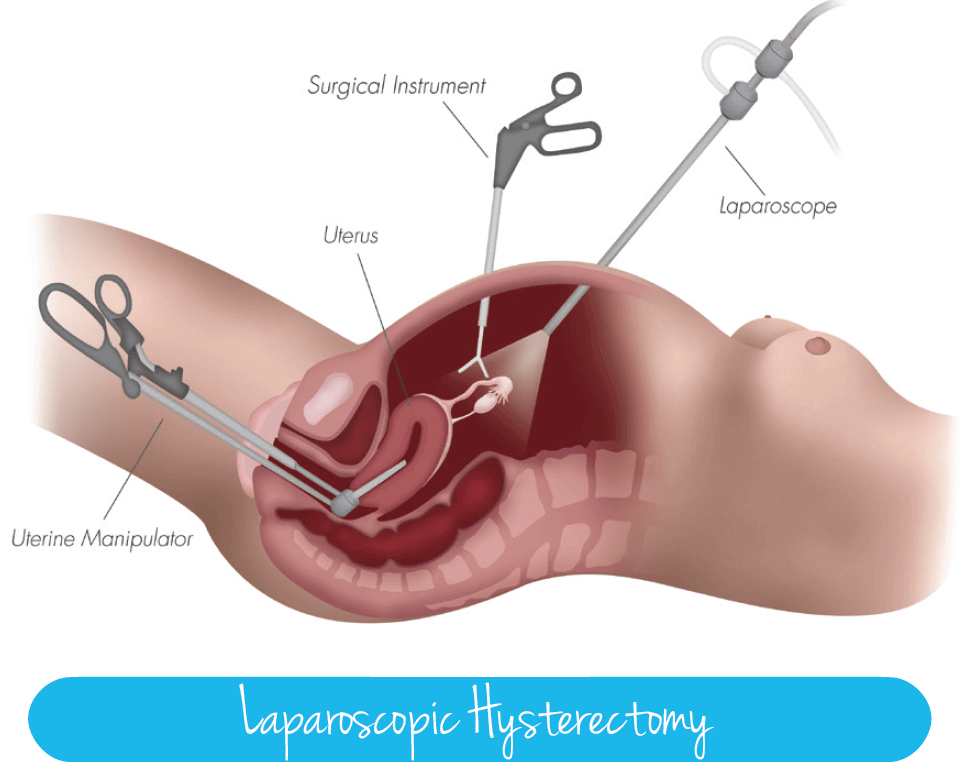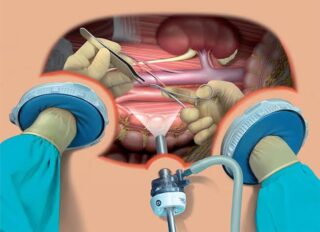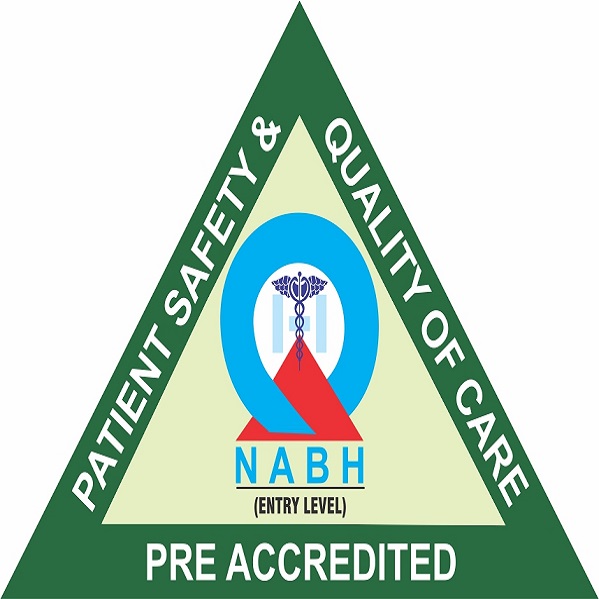
Vaginally, abdominally, laparoscopically, or using a mix of these techniques is one way to do a hysterectomy. A total laparoscopic hysterectomy (TLH) is a sophisticated medical procedure that comprises laparoscopic (keyhole) surgery to remove the uterus and cervix. Depending on the purpose for surgery, ovaries and fallopian tubes may or may not be removed. Other procedures, such the correction of a prolapse, etc., may be coupled with this one.
For women with painful or frequent periods, pelvic pain, endometriosis, fibroids, prolapse, endometrial difficulties, or cervical issues, TLH surgery may be the best option.
Normal TLH procedures involve general anaesthesia. A catheter (a tube for urine drainage) is put into your bladder after you have received a general anaesthetic and are unconscious. Near your navel, a 1 cm-long tiny cut is done (belly button). The belly is inflated with gas, and a laparoscope, an optical device that allows for the viewing of internal organs, is introduced before three additional small cuts, each measuring around 0.5 cm, are made on your abdomen. These incisions are for the additional surgical equipment. Most often, the vagina is used to remove the uterus and cervix. The uterus is divided into pieces and removed vaginally if it is too large to be removed vaginally or the vagina is too small.
The surgery lasts between one and two hours, but you should plan on spending around three hours in the theatre and recovering.
Your recovery time (including hospital stay) and post-operative pain are both shortened with TLH.
Some advantages of TLH include:
- Compared to “open” (conventional) surgery, there is less pain following the procedure.
- less problems from wounds.
- less interference with bowel and urinary function.
- Reduced danger of deep vein thrombosis (DVT).
- quicker recovery (including hospital stay) than with other hysterectomy procedures.
- Compared to other types of hysterectomy surgery, less discomfort following your procedure.
The TLH process is a complicated set of processes that must be done correctly in order to provide successful outcomes. Only highly skilled gynaecologists with extensive training are capable of performing it. The patients of Gwalior and the surrounding areas can get assistance from Drs. Veena and Sonali Agrawal, who are skilled gynaecologists with training in performing TLH.




